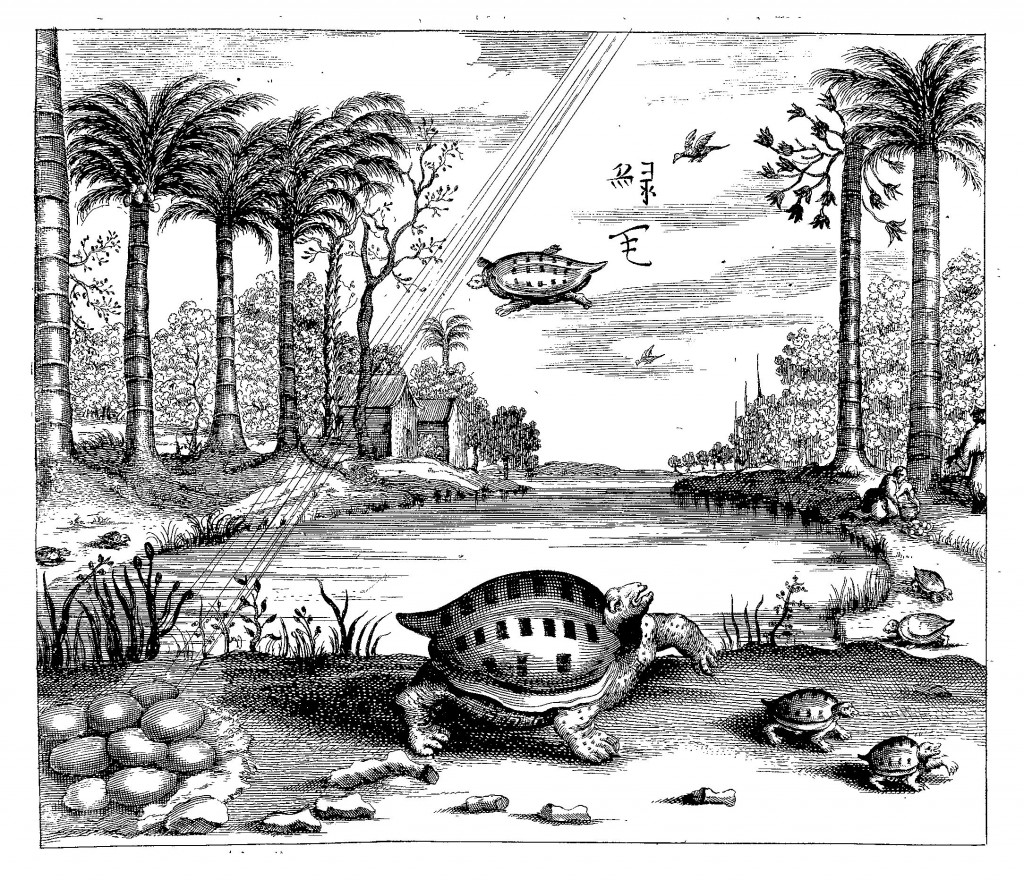Clarity,
Office 17622,
PO Box 6945,
London.
W1A 6US
United Kingdom
Phone/ Voicemail:
+44 (0)20 3287 3053 (UK)
+1 (561) 459-4758 (US).

▄▄▄▄▄▄
▄▄ ▄▄
▄▄ ▄▄ cracks
▄▄ ▄▄
▄▄ ▄▄
▄▄▄▄▄▄Would you say that these tortoise-stones are circumstantial, not really indicative or useful for 27?
what makes a magical spirit tortoise go? Lack of offerings? too much of a mountain on top of it? Trigrams are hardly ever discussed in 27
The connection between the tortoise and food may be this: the tortoise was used to determine what the spirits found satisfactory. When the spirits were happy, rains came, and the family had food. As for the trigrams with respect to line 1, I see ☳ as the shock of spiritual presence as in hexagram 51 and ☶ as the home. The meaning of line 1 is similar to the ritual of saying grace before meals in which the spiritual basis of food is acknowledged.
That hummingbirds talk.
That's interesting about line 1 of thunder, signifying the jolt of the life force,or maybe in this case, the jolt of the tortoise spirit making its way out - jolt and turtles make such an odd combination! . . although, in the bixi forms, its a turtle with the head of a dragon, so lots of thunder there
The connection between the tortoise and food may be this: the tortoise was used to determine what the spirits found satisfactory. When the spirits were happy, rains came, and the family had food. As for the trigrams with respect to line 1, I see ☳ as the shock of spiritual presence as in hexagram 51 and ☶ as the home. The meaning of line 1 is similar to the ritual of saying grace before meals in which the spiritual basis of food is acknowledged.
Of course, Tom:In Southern folklore, the turtle is associated with thunder. The turtle appears to be still, but its bite is a sudden aggressive lunge, a release of energy much like thunder. Perhaps the ancient Chinese saw the turtle in the same way.
...

.Repairer
The earliest literary role seems to be the upkeep and maintenance of the Wall of Heaven, whose collapse would obliterate everything.
There was a quarrel between two of the more powerful gods, and they decided to settle it with a fight. When the water god, Gong Gong, saw that he was losing, he smashed his head against Mount Buzhou (不周山), a pillar holding up the sky. The pillar collapsed and caused the sky to tilt towards the northwest and the earth to shift to the southeast. This caused great calamities, such as unending fires, vast floods, and the appearance of fierce man-eating beasts. Nüwa cut off the legs of a giant tortoise and used them to supplant the fallen pillar, alleviating the situation and sealing the broken sky using stones of seven different colors, but she was unable to fully correct the tilted sky. This explains the phenomenon that sun, moon, and stars move towards the northwest, and that rivers in China flow southeast into the Pacific Ocean.
Other versions of the story describe Nüwa going up to heaven and filling the gap with her body (half human half serpent) and thus stopping the flood.[citation needed] According to this legend some of the minorities in South-Western China hail Nüwa as their goddess and some festivals such as the 'Water-Splashing Festival' are in part a tribute to her sacrifices
http://en.wikipedia.org/wiki/Nüwa#Repairer
Clarity,
Office 17622,
PO Box 6945,
London.
W1A 6US
United Kingdom
Phone/ Voicemail:
+44 (0)20 3287 3053 (UK)
+1 (561) 459-4758 (US).